Video Menu
My Favorite Videos
My Favorite Videos
Using the Big Muscles in Putting
Sorry, you need to be a member to access this video.
You Are Just Seconds Away - Become a member here!
Already a member? Log in now

Learn how to properly use the big muscles in your putting stroke.
so now your eyes have been open to this push versus pull concept and it doesn't just apply to your putting it applies to everything that you do with the golf swing if you want to work with the laws of physics of course which i know you do so let's talk about now how we can implement this in our putting to get rid of the yips to get rid of the ball bouncing all over the place and not starting online all these things you've struggled with you're going to start understanding how easy it is to repeat these movements when you start moving from the right place in your body and that's what not just what rotary swing is all about but what we're going to talk about in putting in general what the yips really are is simply a flinch typically of the right hand the trailing hand in the putting stroke and it's just you know most people are right-handed we've talked about the push versus pull concept you're starting to understand like okay well there's only certain things i can pull with as i understand the stroke so when you start using this right hand to try and hit the ball or start it online or slap at it that's when things start going way off and it's these little flinchy fast twitch muscle fibers you have in your right forearm and your right side of your body that make putting really really hard when you're trying to use these to control the stroke you need to be really precise in putting but more importantly you need to be incredibly consistent even if you tend to set up a little bit open or a little bit closed or tend to start the ball offline one direction or the other as long as you do it every time you can get away with it you can set up open and block the ball down the line just do it every single time and the key to doing the same stroke every single time is making it as simple as humanly possible anybody can make a machine really complicated your goal is to make this machine your body that's a machine that's moving this putter head as simple as humanly possible so we need to reduce the moving parts as much as possible so how do we do that with a putting stroke and abiding by these laws of pushing versus pulling well it's pretty simple you have two things that you're going to focus on your putting stroke from this point forward no more work you're doing with your hands or your forearms or any of that stuff you're going to focus on your shoulder blades what are your shoulder blades well these two bony things back here in your back you can see me moving them back and forth here they glide across your back so you can see now i'm going to move my right shoulder blade in you can see these muscles starting to activate and move into my shoulder blade or to my spine here and then i can do the same with the left side guess what they do they can pull and pull during the putting stroke you can pull your right shoulder blade back and you can pull your left shoulder blade through what is that going to look like in a putting stroke well let's do it standing up first or we're going to get in our posture but just with our arms across our chest and i want you to try and pull your right shoulder blade back to feel that right shoulder blade moving and to feel this i want you to feel right in here so i'll get in my putting posture and you can feel right in here you'll feel your back muscles engaged is your lap muscles and your lower trap and they're going to pull that right shoulder blade back and then we're going to pull that left shoulder blade through so what is this going to look like in our putting stroke it's going to look like you're rocking your shoulders which you've heard a million times but the problem is when people start rocking their shoulders they start doing this stuff and that's going to throw the putter and your spine all over the place you want your spine to be pretty much fixed in space relatively because it gives you a fixed reference point so if your spine's not moving all over the place and it's staying constant then it's really easy for this putter to work more on a pendulum which again we're trying to build a really simple machine here the putting stroke should be really simple and the simplest way to do it would be to have a fixed point and just have it swing back and forth then the putter is always going to swing back on the same plane and path well we can't really swing a putter like this but we can get close by trying to replicate this movement in our body by keeping our spine and fixed and rocking our shoulders back and forth as i move my right shoulder blade back and i move my left shoulder blade back all of a sudden the putter is going to start doing the same thing and more importantly i'm moving very little as you can feel as you start doing this at first like i'm trying to feel the shoulder blade thing it doesn't really feel like i'm moving very far you're not that's the whole point if you move very little from the center because we're making kind of a circle here very very small semi-circle in the radius of our stroke as the radius increases the putter head is going to move further and further the less you move or the more you move in the center so our center movement it's only going to be like this you can only move your shoulder blade about that far into your spine that's going to hit your spine it's going to stop and on the other side it's going to do the same thing but how far is the putter going to move as i do that well just by moving full right shoulder blade back and full left shoulder blade back i've moved the putter head five feet that's enough to hit a putt a hundred feet if you hit it hard so you are going to move very very little but the putter is going to move a long ways that's the definition of efficiency not only that but because you're just focusing on moving your shoulder blades back and through you don't have to worry about what your hands and your forearm and the putting path and plane and all that stuff it's taken care of by your setup angles which we're going to talk about and your movement of your body your arms just passive clamps on the club holding the club lightly they don't have to do anything they're just going to be guided by what your shoulder blades do so if you've struggled with anything to do with getting the ball to start online with getting the the yips and hitting at it and slapping it with your right hands the next video i'm going to show you exactly what jack was talking about when he said if he could change one thing in his putting stroke i'm going to show you exactly what that one thing is and you're going to learn how to use it in your own stroke and never struggle with the yips and never struggle with getting the ball to consistently start online








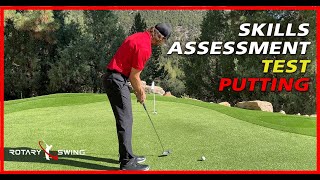


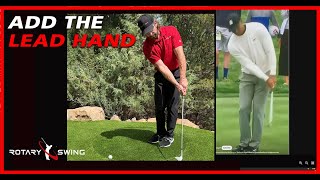


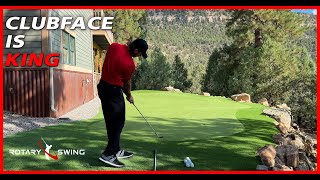








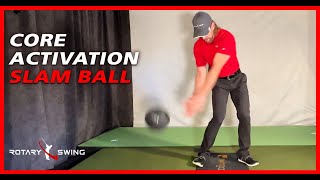





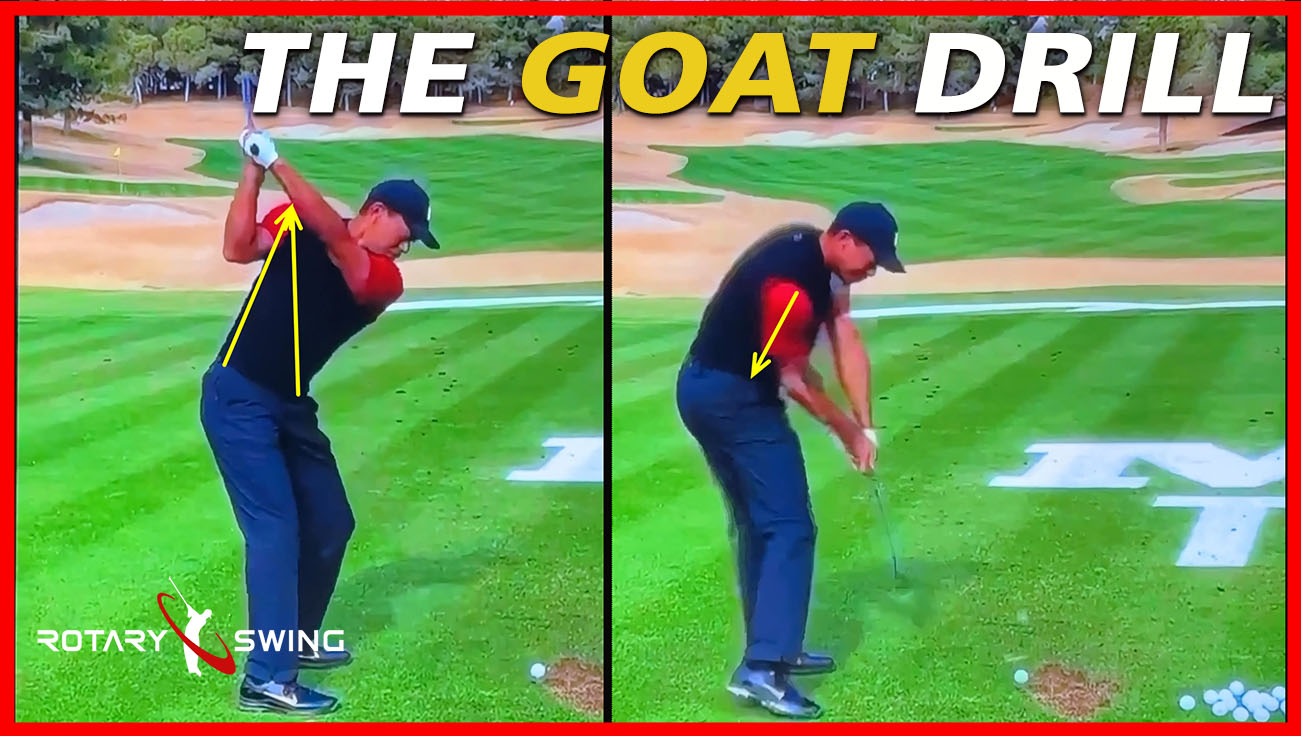


















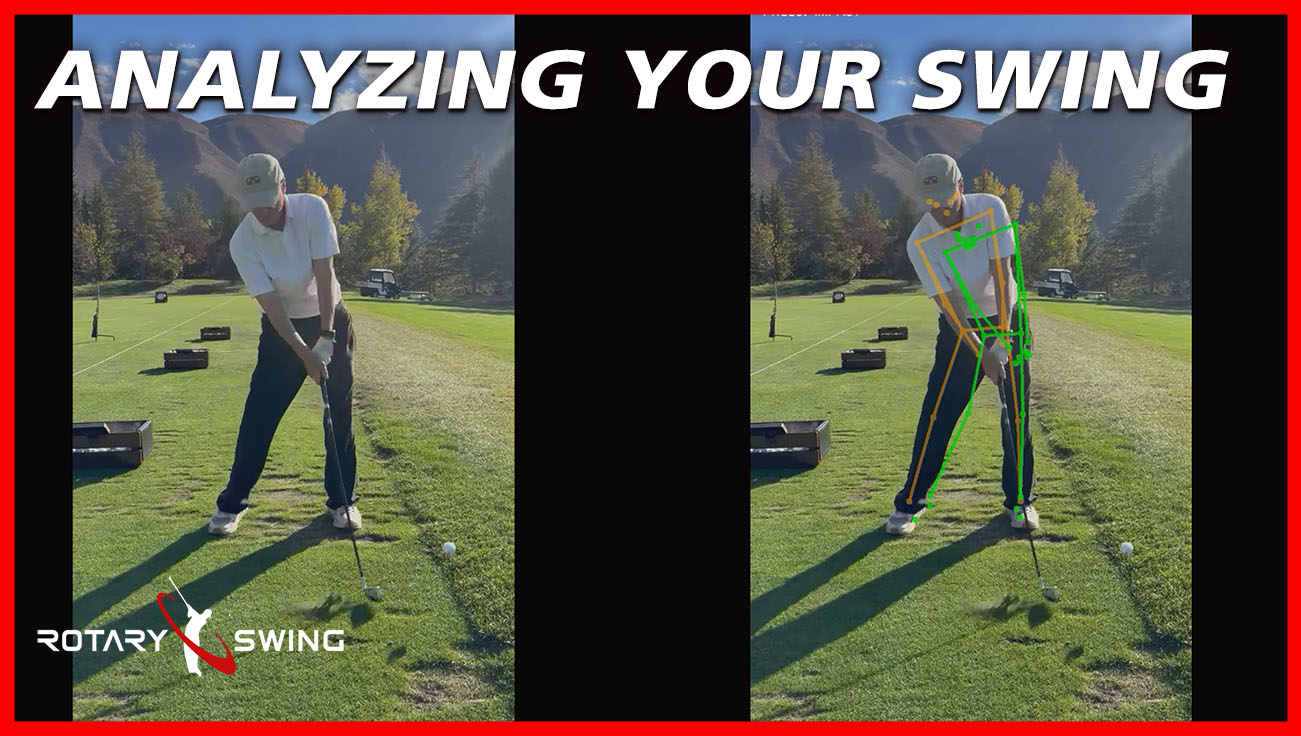









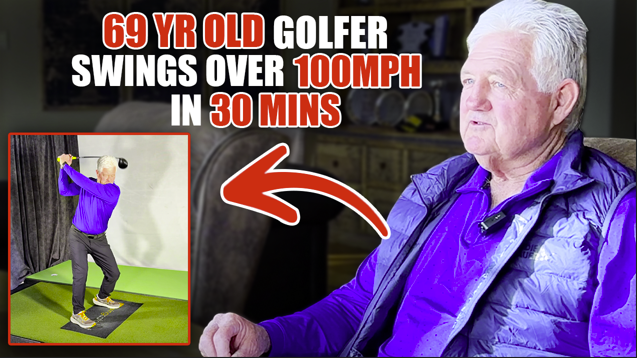
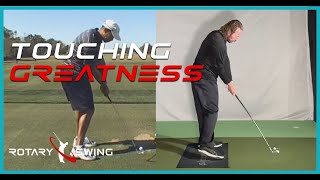

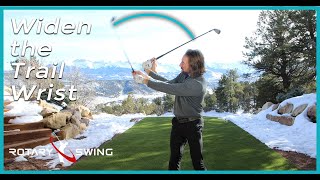



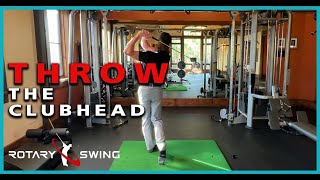







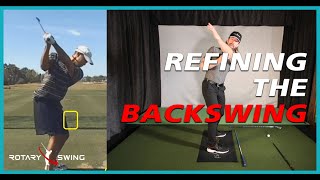







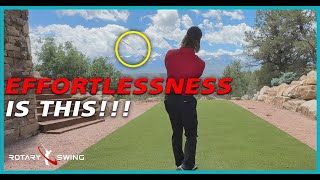
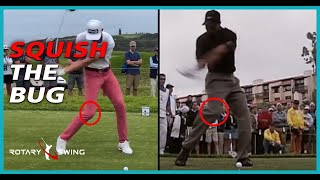
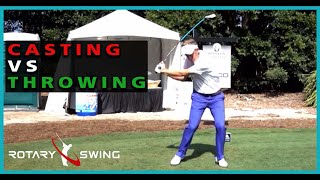



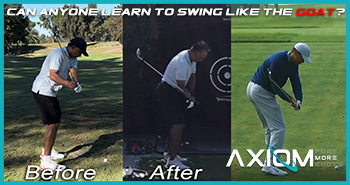


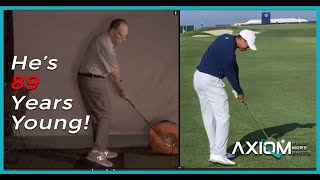



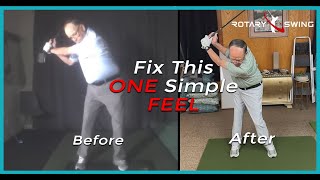











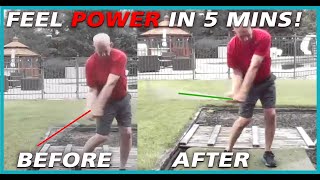


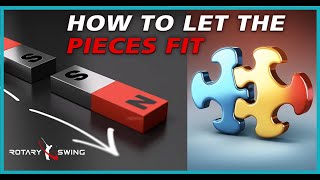

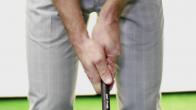




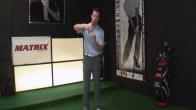











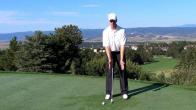

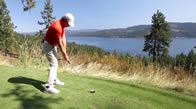



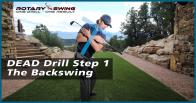

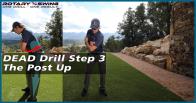










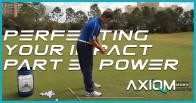











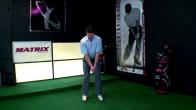



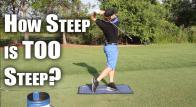


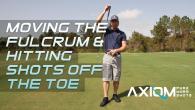



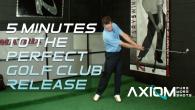

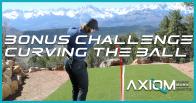






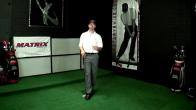









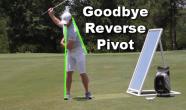





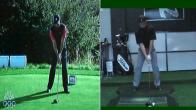



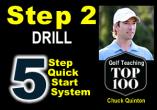






















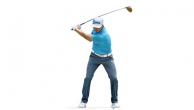

































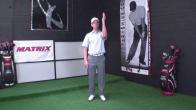




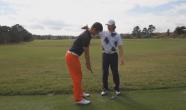





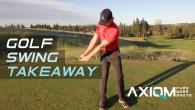









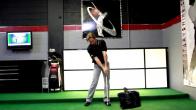



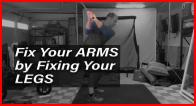


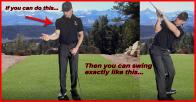




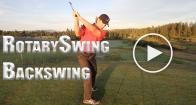

















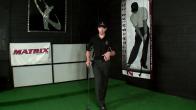






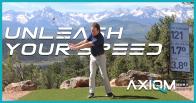
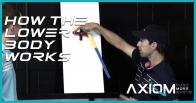












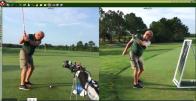






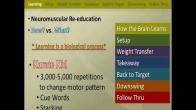
















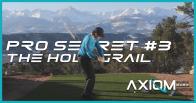

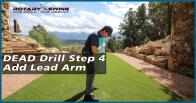


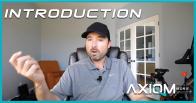

















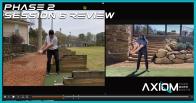







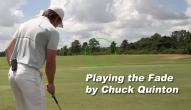











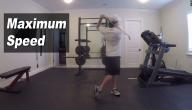

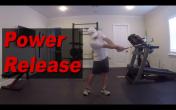
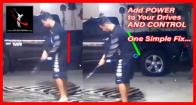


















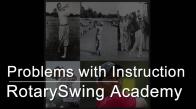



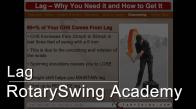



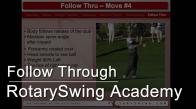






















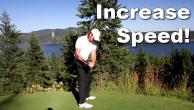


















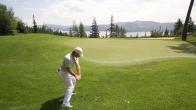





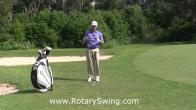











David
Chuck
Charles
Craig (Certified RST Instructor)
Robert
Craig (Certified RST Instructor)
Keith
Craig (Certified RST Instructor)
Mohnishkumar
Craig (Certified RST Instructor)
Dennis
Chuck
Ryan
Craig (Certified RST Instructor)
Daniel
Craig (Certified RST Instructor)
Barry
Craig (Certified RST Instructor)
Barry
Ted
Craig (Certified RST Instructor)
Mary
Craig (Certified RST Instructor)
Don
Craig (Certified RST Instructor)
Don
Craig (Certified RST Instructor)
Ryan
Craig (Certified RST Instructor)